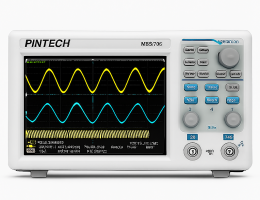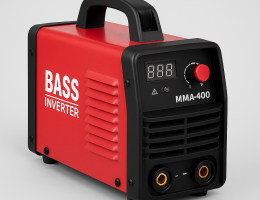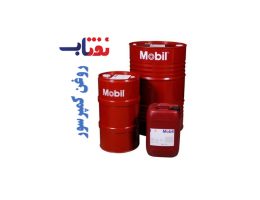LLDPE 209, also referred to as Linear Low-Density Polyethylene 209, is a type of polyethylene known for its balance of flexibility, strength, and processability. Here’s a breakdown of its key characteristics, production process, applications, and advantages:
Key Characteristics:
- Linear Structure: Unlike regular Low-Density Polyethylene (LDPE), LLDPE 209 has a linear molecular structure. This translates to:
- Improved Strength: Linear chains pack together more efficiently, leading to better strength and puncture resistance compared to LDPE.
- Good Flexibility: Despite its improved strength, LLDPE 209 retains some flexibility, making it suitable for applications requiring some give.
- Low Density: LLDPE 209 has a lower density compared to other polyethylenes like HDPE (High-Density Polyethylene). This translates to:
- Lightweight: Products made from LLDPE 209 are lighter, reducing material costs and transportation weight.
- Transparency: LLDPE 209 can be relatively transparent in its natural state, depending on the manufacturing process and additives.
- Processability: Similar to other polyethylenes, LLDPE 209 can be efficiently processed using various techniques like extrusion and film blowing.
Production Process:
The production process for LLDPE 209 generally involves these steps:
- Ethylene Monomer Production: Ethylene, the building block for polyethylene, is derived from natural gas or petroleum.
- Comonomer Selection: A comonomer, typically 1-butene, is chosen to introduce branching into the polymer chain, influencing the final properties.
- Polymerization: Ethylene and the comonomer undergo a polymerization process where they link together to form long polyethylene chains with the linear structure characteristic of LLDPE.
- Purification: The LLDPE 209 is purified to remove impurities and residual monomers.
- Extrusion or Molding: The molten LLDPE is then shaped into the desired form (pellets, films, sheets) through processes like extrusion or film blowing.
Applications:
The combination of flexibility, strength, processability, and transparency makes LLDPE 209 a valuable material for various applications. Here are some prominent examples:
- Film and Sheeting: LLDPE 209 is commonly used for manufacturing films and sheets with good strength, flexibility, and clarity. These can be used for:
- Food packaging: Breathable films for fruits and vegetables, stretch wrap
- Industrial liners: Liners for bags, ponds, and waste containers
- Trash bags: Flexible and puncture-resistant trash bags
- Shrink Wrap: Due to its ability to shrink with heat, LLDPE 209 is used for bundling and palletizing applications.
- Flexible Pipes and Tubing: In some cases, LLDPE 209 can be used for low-pressure applications like irrigation pipes.
Advantages:
- Good Balance of Properties: Offers a balance of flexibility, strength, and transparency.
- Lightweight: Reduces material and transportation costs.
- Processability: Can be easily shaped into various forms.
- Chemical Resistance: Offers resistance to many chemicals, including acids and bases.
- Relatively Low Cost: Generally a cost-effective option compared to some engineering plastics.
- Recyclable: Can be recycled into new products (typically under recycling code #4), but local infrastructure might affect its actual recyclability.
Things to Consider:
- Limited Heat Resistance: LLDPE 209 has a lower melting point compared to some other polyethylenes, limiting its use in high-temperature applications.
- Stress Cracking: Susceptible to stress cracking under certain conditions, so proper design and application are crucial.
- Permeability: LLDPE 209 can be slightly permeable to gases and moisture, which might need to be addressed depending on the application.
In Conclusion:
LLDPE 209 is a versatile and cost-effective material offering a valuable combination of flexibility, strength, and processability. It finds widespread use in film and sheet production, packaging, and various other applications where these properties are crucial. However, its limitations in heat resistance, stress cracking, and permeability need to be considered when selecting a material for specific uses.




